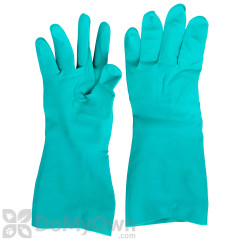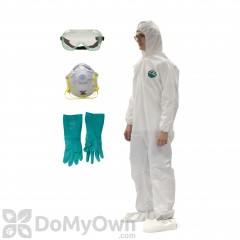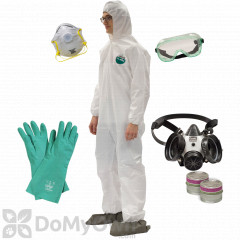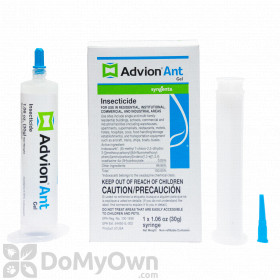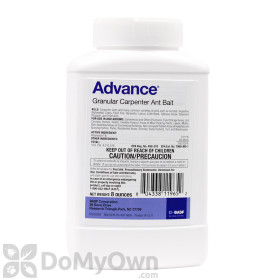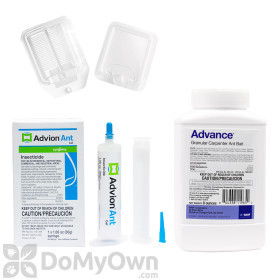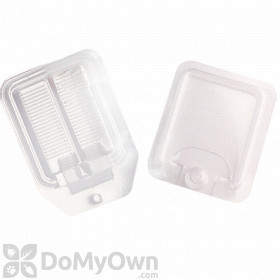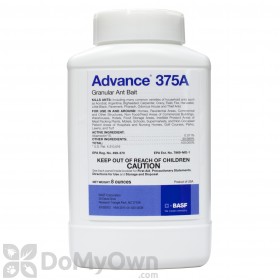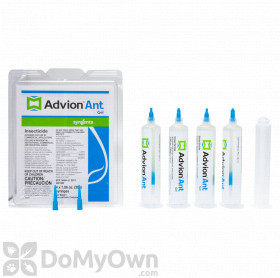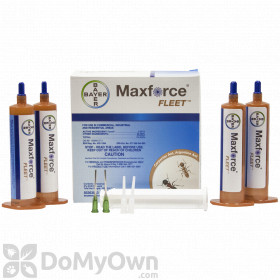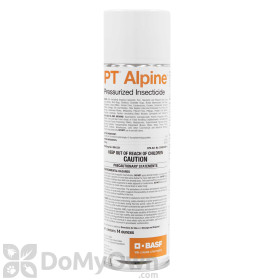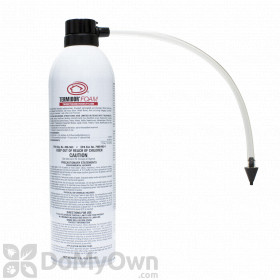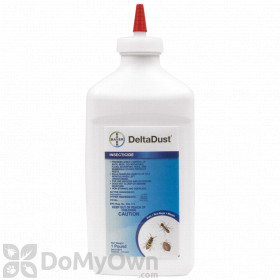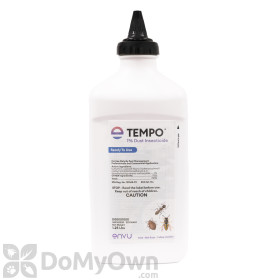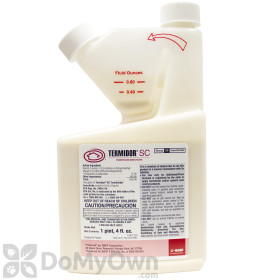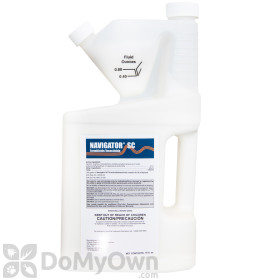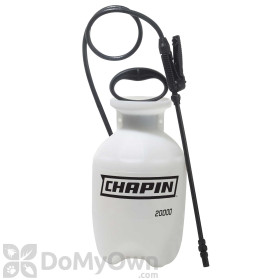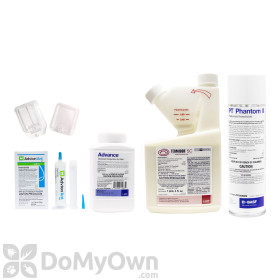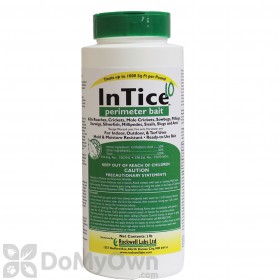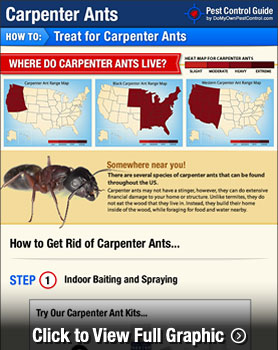There Are Multiple Treatment Method Options
Indoor Baiting and Spraying
Products needed for Method 1
Indoor Carpenter Ant Bait
- In kitchen cabinets and on counter tops.
- Behind, next to, and under the stove.
- Near sinks or drains
- Around pipes, cords, and cables that come out of the wall.
- Behind and under bathroom fixtures.
- Around the medicine cabinet and vanity.
- Around window or door frames
Products needed for Method 1A
Indoor Carpenter Ant Spray
- There are times that ants may be more in a nesting cycle or they may already have a steady, safe food source and they will ignore baits.
- There are some places that you cannot spray such as inside food cabinets or around food prep areas, so bait would be used in those areas.
Using the included straw applicator, apply the spray directly into cracks and crevices along baseboards, under appliances, around door frames, window frames and in areas where utilities (cables, pipes, wires) enter into the structure and other areas where ants have been entering your structure.
Products needed for Method 1B
Direct Nest Treatment
Wall Void Treatment
Foams:
You can choose to purchase ready to use foam products that come with a small flexible hose and a nozzle to help apply the product to the correct areas. For larger jobs, you can choose to purchase a non-repellent concentrate spray, a foaming agent and a foaming device to apply the foam. Non-repellent foams do work a little bit slower than dusts but they offer the benefit of expanding in the void to cover more area.Dusts:
You should choose a dust that is labeled for carpenter ant control. You will need a hand duster to apply the dust to the void or to the gallery if the nest is located in a piece of wood. Dusts do tend to kill the ants a bit faster than foaming but you may need to drill more holes or open the wall a bit more to make sure you are getting even coverage.Products needed for Method 3
Outdoor Sanitation and Preparation
- Food source
- Water or moisture
- Harborage or a place to live
Sanitation:
- Trim back trees and shrubs so that the branches and foliage do not touch your home to prevent ants from using them to avoid pesticide applications.
- Trim up bushes and shrubs so that you can see beneath them to eliminate moist shady areas where ants like to nest.
- Rake mulch, pine straw or other landscape bedding back at least 6 inches from structure to create a "dry zone" that ants are likely to avoid.
- Turn mulch or other bedding material every couple of weeks to keep moisture retention low and discourage nest building.
- Clean out gutters and downspouts frequently as insects and other pests are known to harbor in these areas.
- Mow lawn as needed to keep growth low.
- Remove grass clippings, leaf piles and stacked wood to eliminate harborages.
- Remove ripe fruit from trees.
- Store outdoor trash cans and dumpsters as far away from structure as possible and be sure they have tight fitting lids.
- Thoroughly wash out trash cans and dumpsters with an ammonia solution when needed.
Outdoor Baiting and Spraying
Use Outdoor Carpenter Ant Spray
If you are finding carpenter ants crawling on the exterior of your home you can treat the entire perimeter to eliminate the colony.
We strongly recommend you use a non-repellent spray such as Termidor SC or Advion WDG. Most ant sprays will only kill the ants that actually crawl over the treated surfaces. Since only about 20% of an ant colony is likely to venture out to forage for food these sprays will not adequately control the colony. The other downside of using other ant sprays is that ants are sensitive to most insecticides and will try to avoid the treated area, further lessening the effectiveness of the spray. Non-repellent products are undetectable by ants and other insects so they readily cross over treated surfaces. When the ants contact the surface the product sticks to their bodies, causing them to carry it back to the colony. Once the infected ants are back at the colony, they spread the product around through social interaction with the other ants, eventually leading to colony elimination.
You will need a hand pump sprayer or a backpack sprayer to apply a non-repellent spray. Mix the labeled amount of product with water. Most homes will need 1-2 gallons of finished solution to complete a perimeter application. You will need to apply the insecticide up the foundation and out onto the ground to build a barrier. You can also apply the solution around window frames, door frames, places where cables, pipes and wires enter the structure, and any other place where you have noticed ants crawling or trailing on the building. You cannot spray many insecticides out in the yard as a broadcast spray, and most products require that applications are limited to once every 6 months. Always read the label to confirm these sorts of instructions before applying.
You should note that non-repellent insecticides are formulated to have a slow kill time to allow the ants to spread the product around the colony, and it can take several weeks to see the full results.
